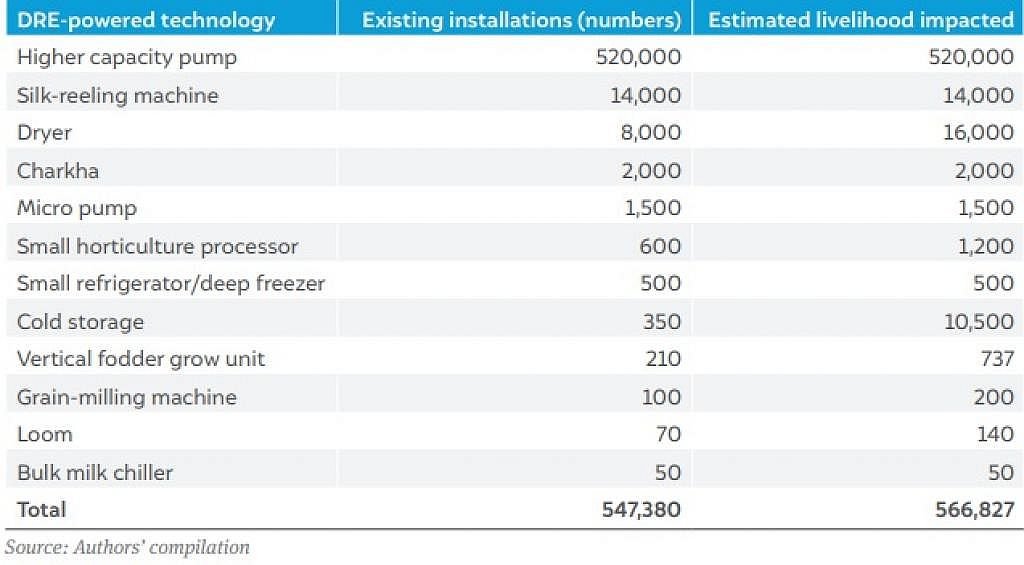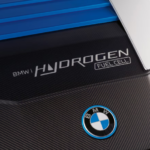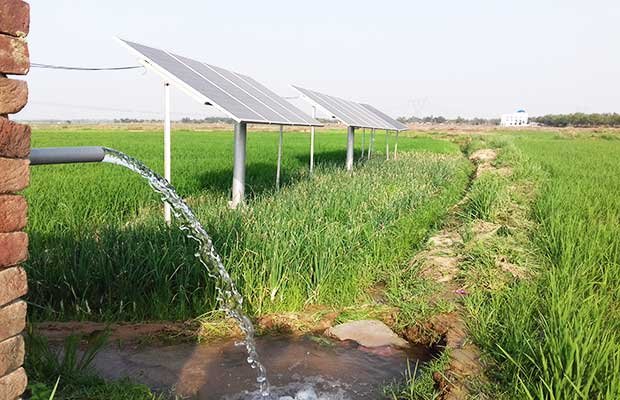According to a new study, technologies driven by decentralized renewable energy (DRE) have the potential to affect 37 million livelihoods in India’s agriculture and textile industries.

On the ground, DRE technology adoption is limited, and scaling it is challenging owing to a lack of data on the commercial feasibility of such solutions.
The report discovered that India now has 12 mature DRE-powered technologies. Higher capacity irrigation pumps, as well as micro pumps, silk reeling machines, dryers, charkhas, small horticultural processors, small refrigerators/deep freezers, cold storages, vertical fodder growing units, grain milling machines, looms, and bulk milk chillers, are examples of these.

According to the report, they have the potential to affect 37 million people’s lives. There are 547,380 installations of these twelve technologies, with an estimated livelihood impact of 566,827 people.
The study’s first phase included 767 end-users from 19 Indian states who had access to and used the technologies for at least six months. This was done to better understand the impact of these technologies on populations who have restricted access to electricity.

Almost 71% of those polled reported a 35% rise in their income. Some of them were able to buy these equipment on their own, thanks to their improved capacity to repay debts. This was especially true for 81% of users of silk reeling equipment, which may treble production compared to earlier reeling methods.
Using DRE technologies improved the confidence of 86 per cent of end users to work. It helped 88 per cent of end users extend financial support to their family members.
The above article is based on a Down To Earth story; edited by Clean-Future Team






